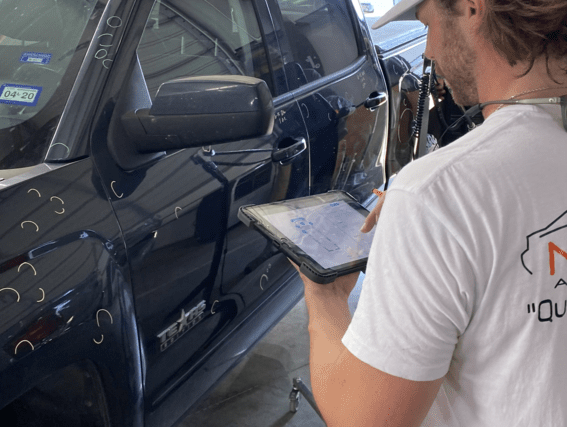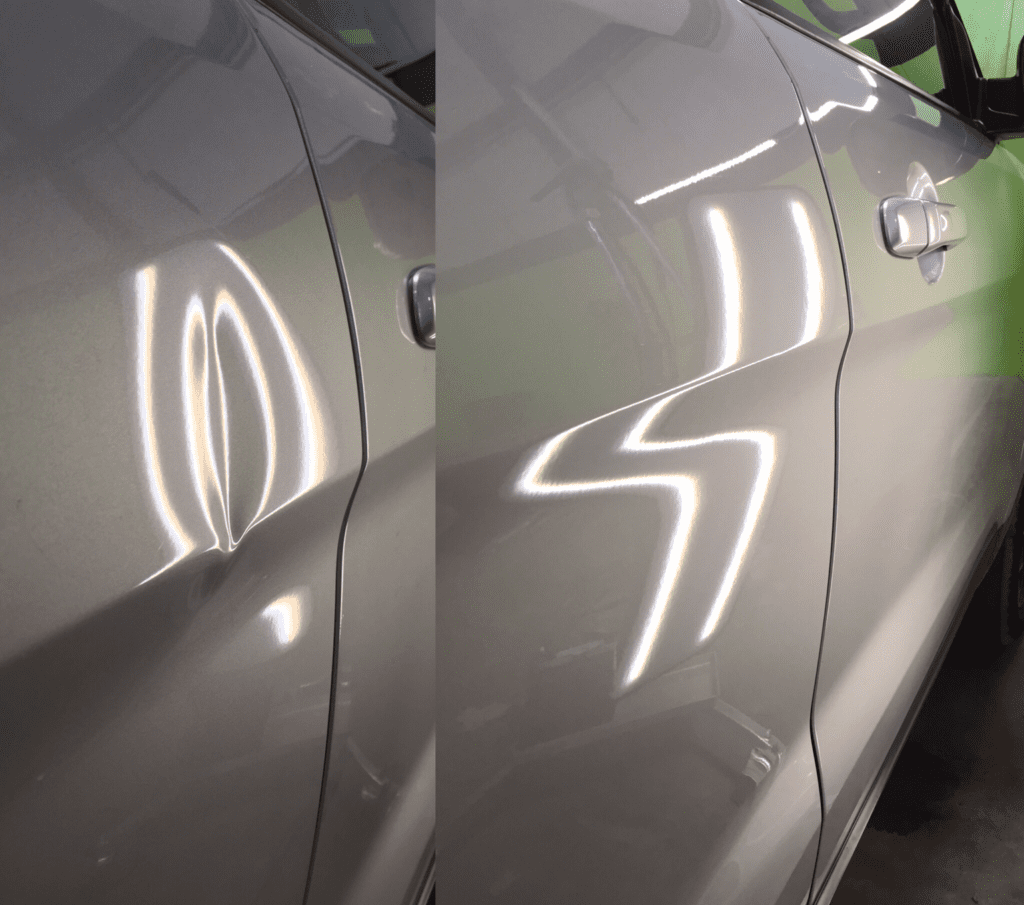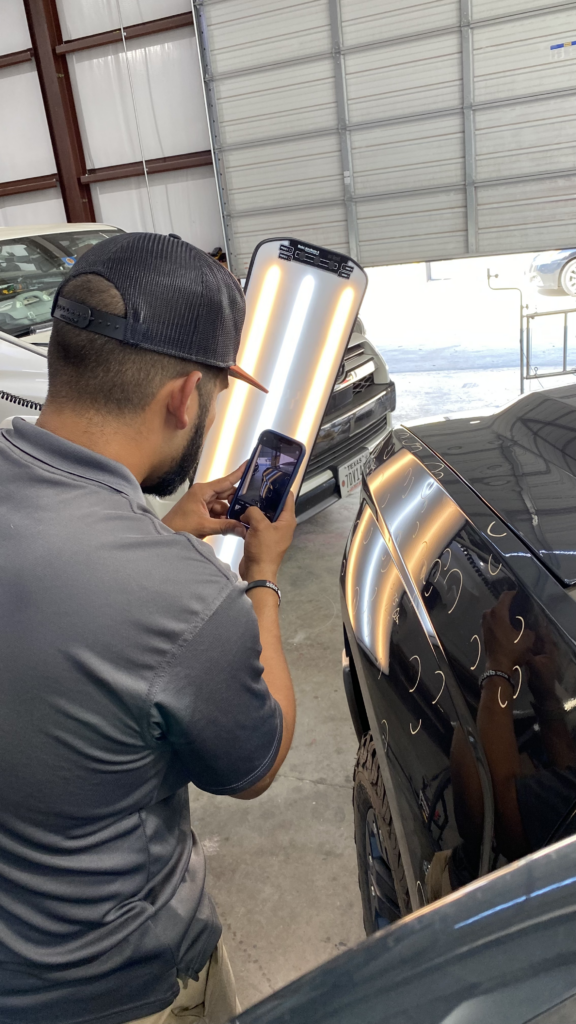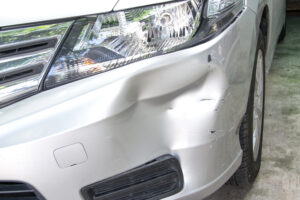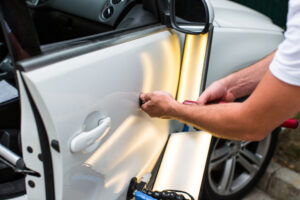
Hail Repair Near Me
Let’s start with the basics. PDR stands for Paintless Dent Repair or Paintless Dent Removal, depending on who you ask, and it’s like a magic show for your car. It’s the art of making dents and dings vanish into thin air without a trace.


